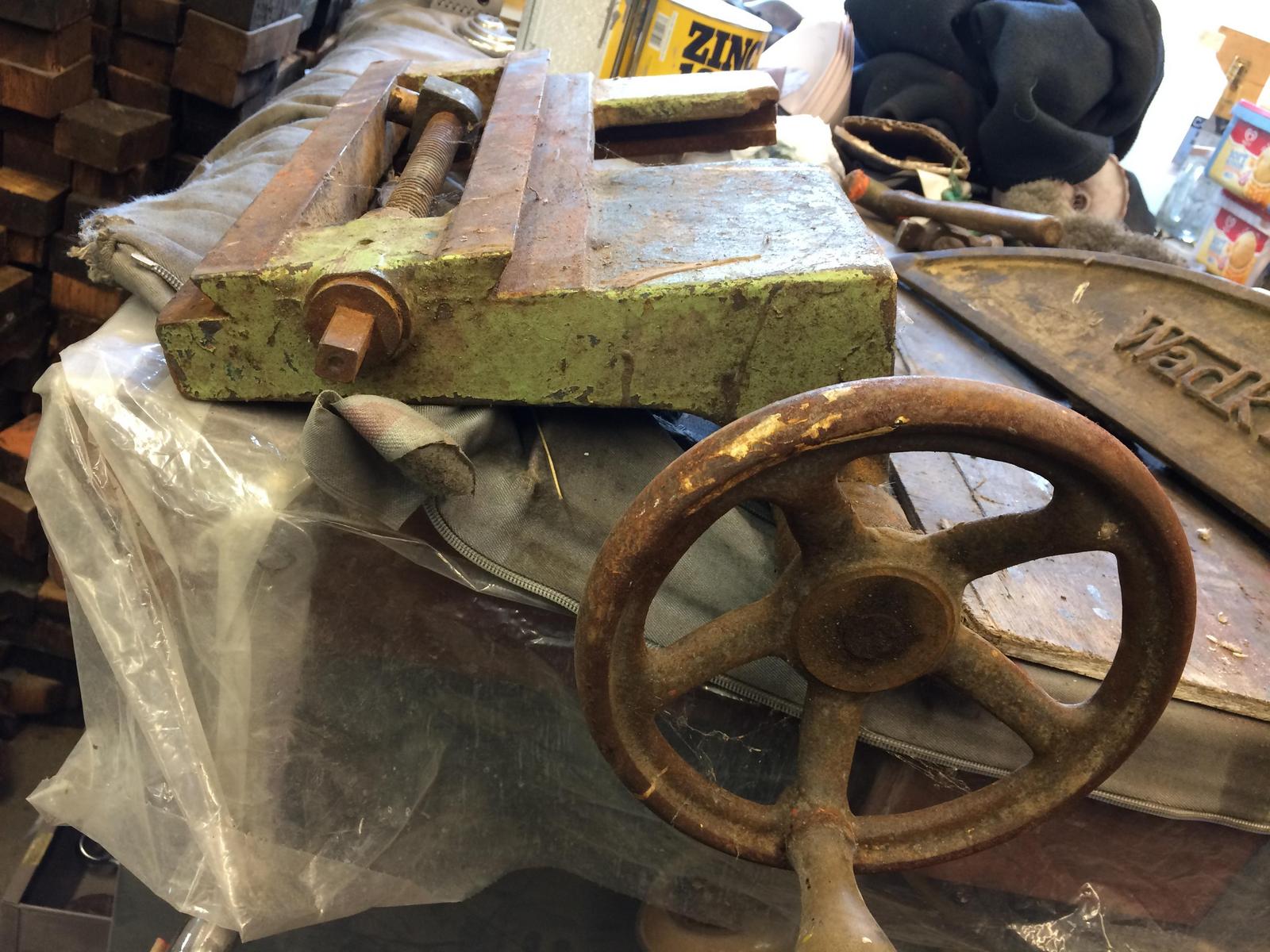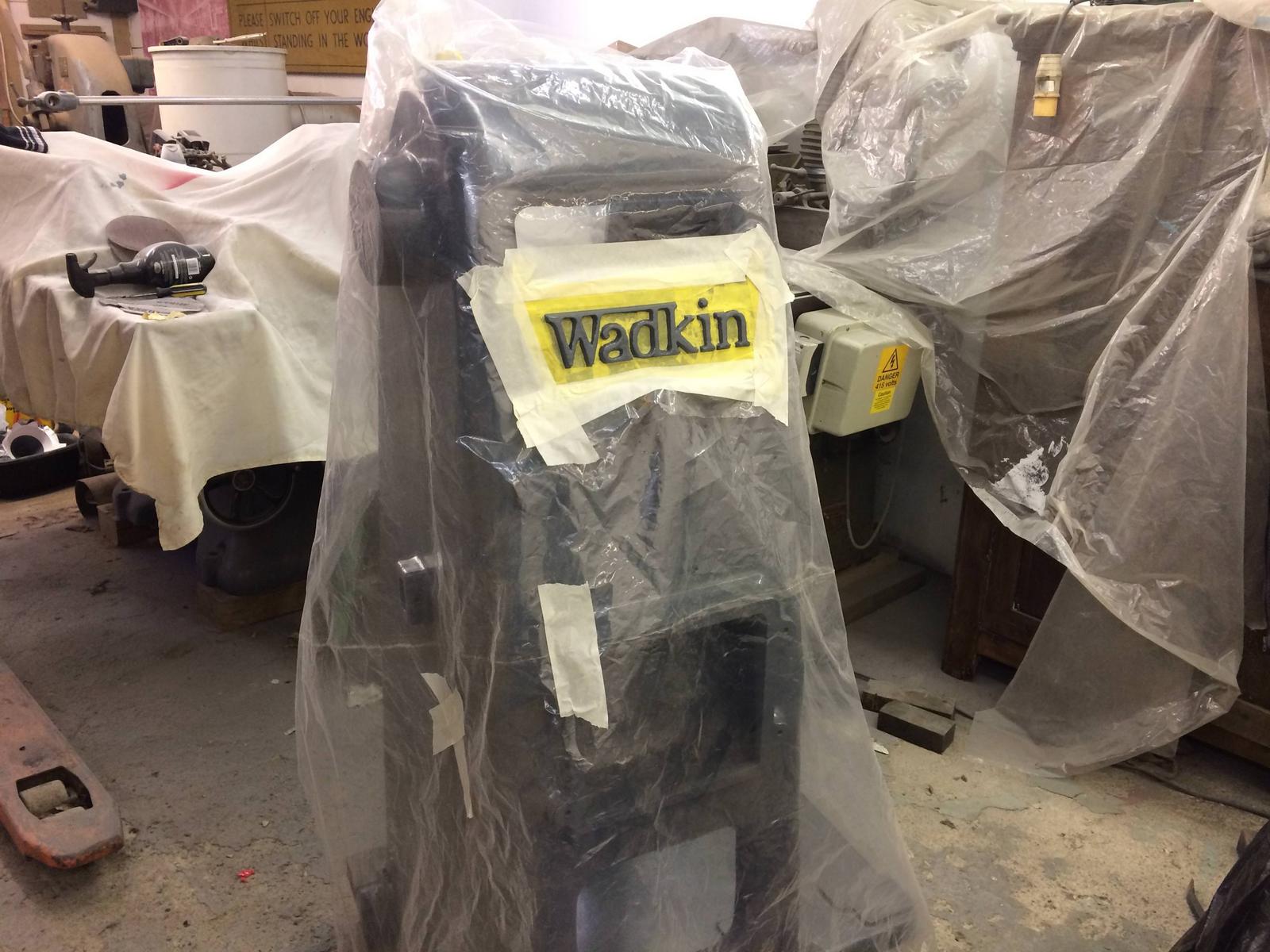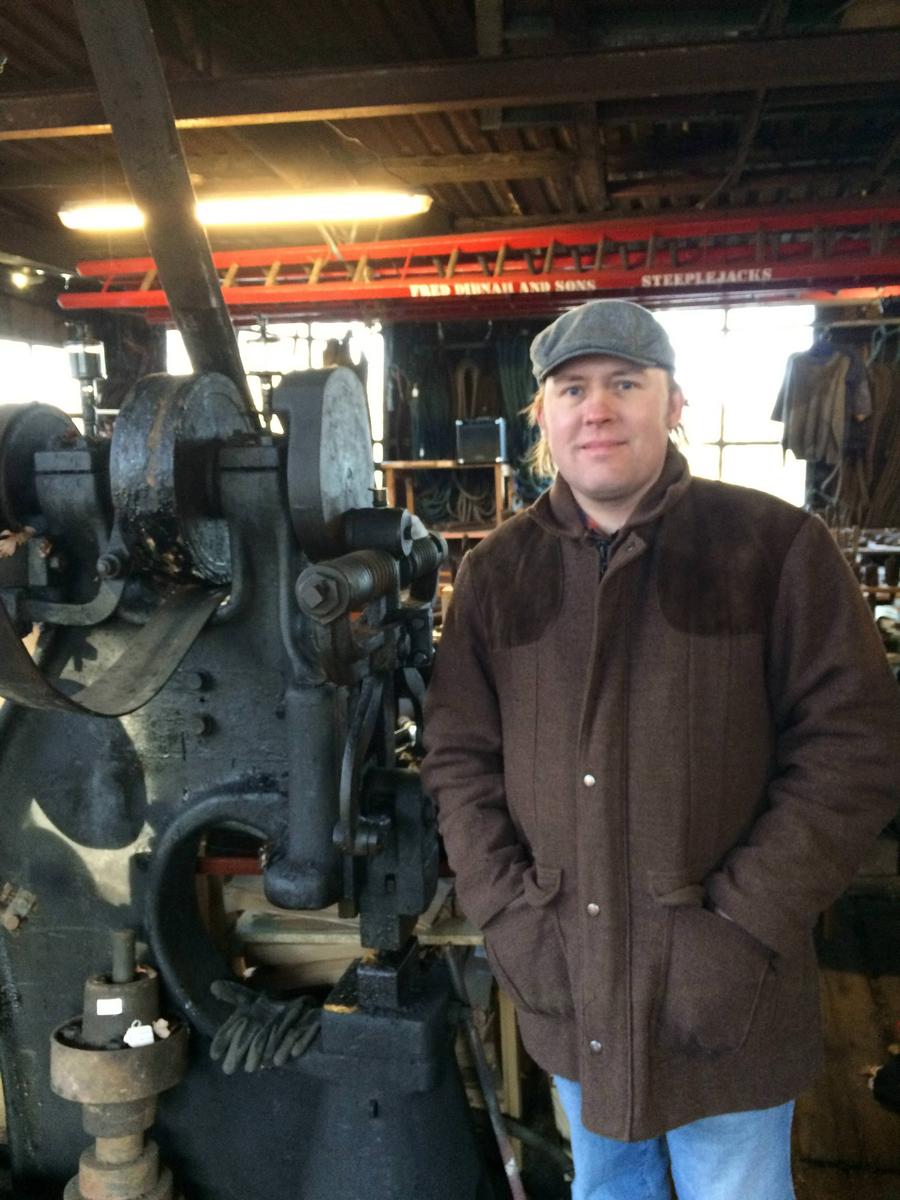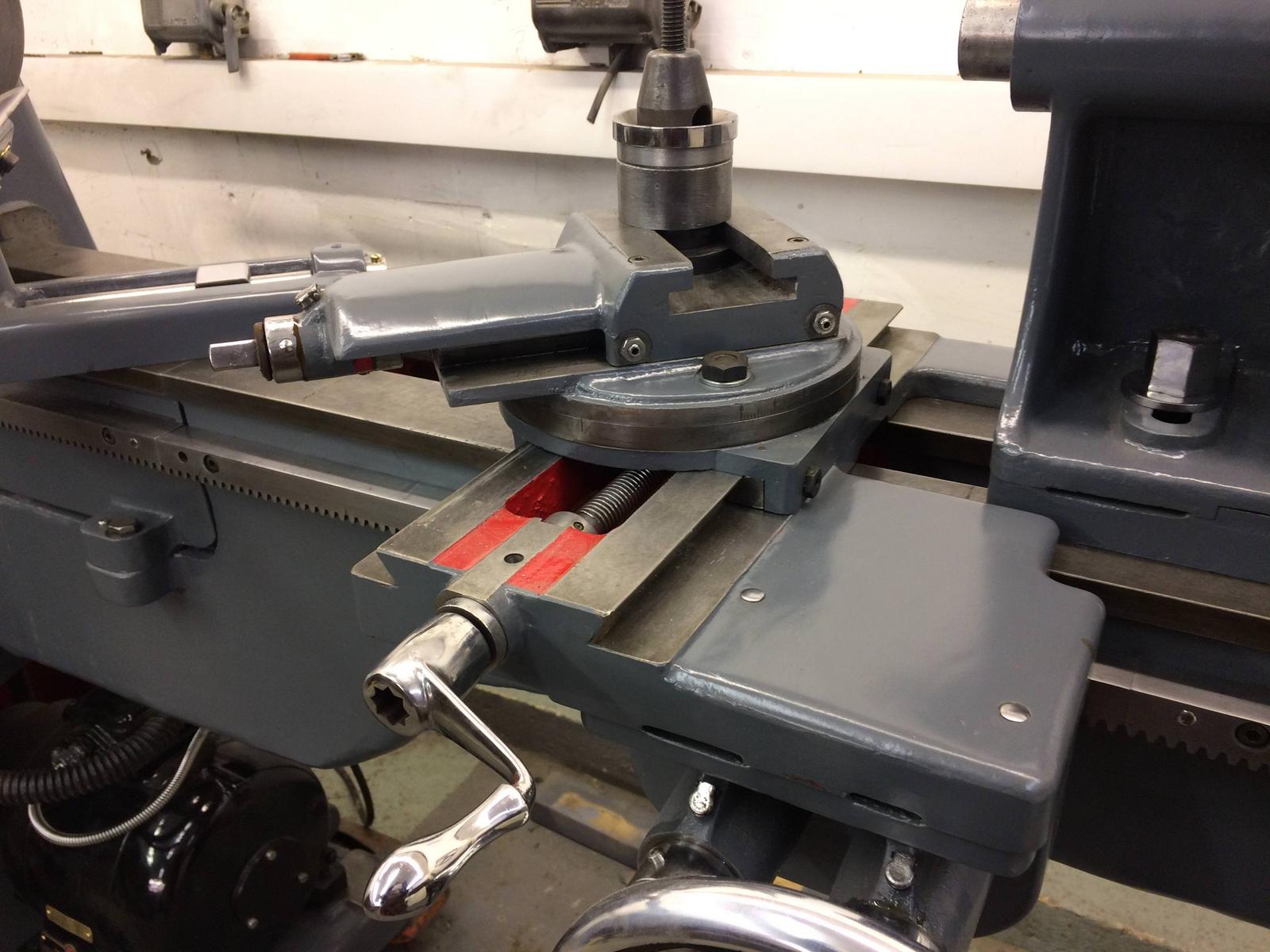wallace
Established Member
The hand wheel that I chose was too big so I needed to get a bush luckily it was a standard imperial size 1" and 3/4 bore. £2





I always enjoy doing the tags
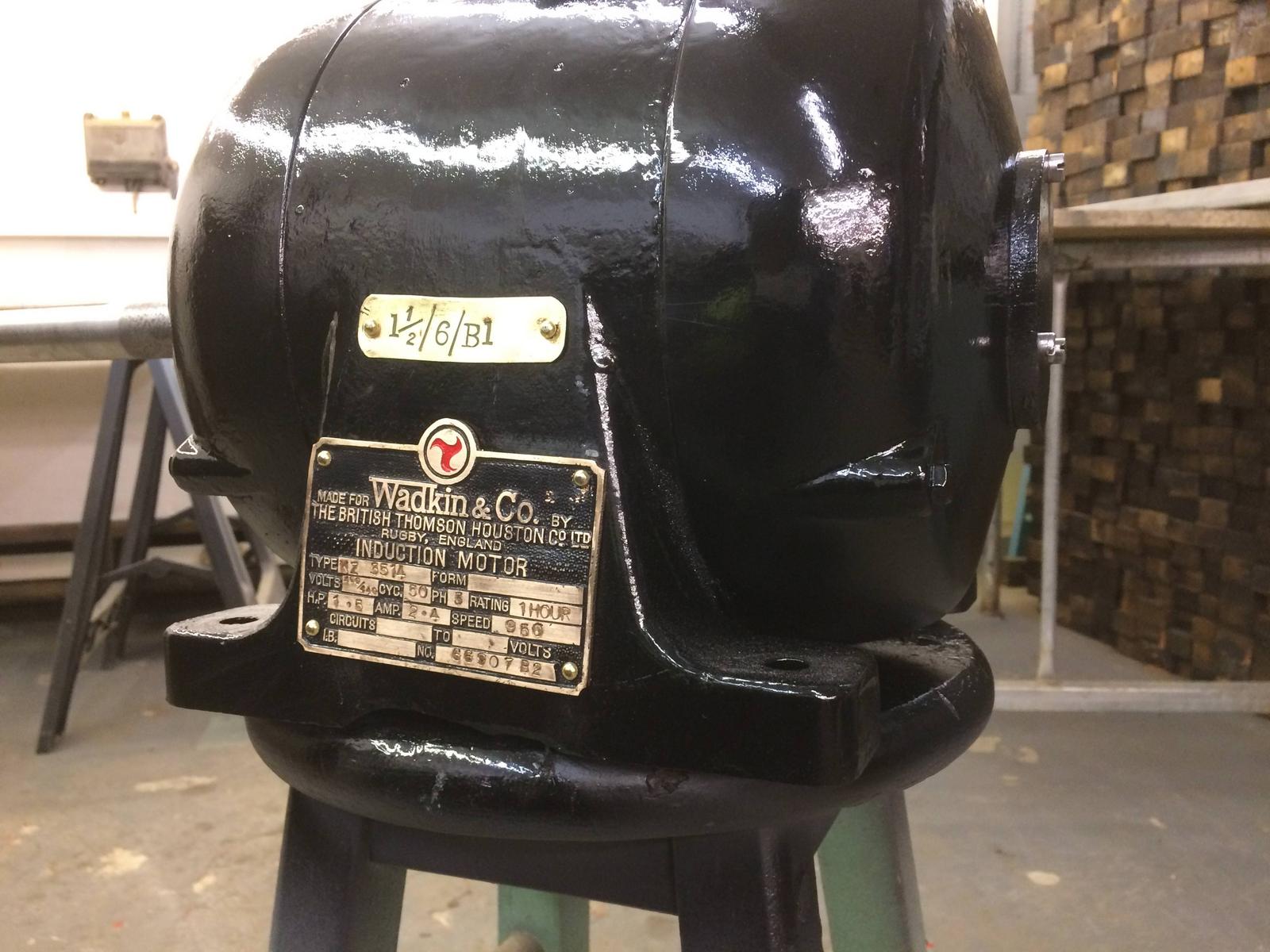
A big PK comes in handy for laying finished parts out






I always enjoy doing the tags

A big PK comes in handy for laying finished parts out

















































